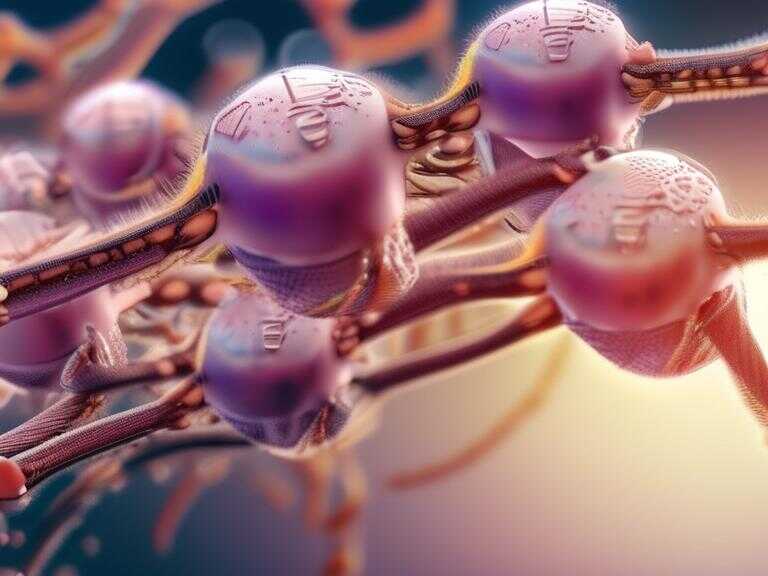
IAEA-Backed Project Tags Rhinos with Radioisotopes to Fight Poaching
An IAEA-supported project uses radioactive isotopes to tag rhino horns, making them detectable by radiation portal monitors, deterring and detecting illegal poaching.

The fight against wildlife crime is constantly evolving, requiring innovative solutions to protect endangered species from the devastating impact of poaching. In this ongoing battle, a groundbreaking project spearheaded by the International Atomic Energy Agency (IAEA) is making significant strides in combating the illegal trade of rhino horn. By leveraging the power of nuclear science and security infrastructure, this initiative aims to deter poachers and safeguard these magnificent creatures for future generations.
The Rhisotope Project, as it is known, involves a meticulous process of inserting radioactive isotopes into the horns of rhinos. This seemingly simple act has far-reaching consequences, as it transforms the horns into traceable markers detectable by radiation portal monitors (RPMs) deployed at borders, ports, and airports worldwide.
A Game Changer in Conservation Efforts
With over 10,000 rhinos lost to poaching in the past decade, South Africa – home to the world's largest population of rhinos – remains a prime target for criminal networks driven by the lucrative illegal trade in rhino horn. In a desperate bid to curb this crisis, the University of the Witwatersrand in South Africa, in collaboration with the IAEA, launched the Rhisotope Project. This innovative approach utilizes existing nuclear security infrastructure in a novel way to protect endangered species.
The success of the project hinges on the ability to tag rhino horns with radioactive material that can be readily detected by RPMs, which are commonly used to screen for nuclear and other radioactive materials. By integrating this technology into existing border security measures, authorities can intercept illegal shipments of rhino horn before they reach the black market.
Global Collaboration and Impact
The Rhisotope Project exemplifies the power of international collaboration in addressing global challenges. The IAEA's technical and financial support, coupled with the expertise of researchers and conservationists worldwide, has paved the way for a truly impactful solution. This initiative not only protects rhinos but also sets a precedent for utilizing nuclear technology to safeguard other endangered species.
The success of the Rhisotope Project has opened doors to new possibilities in wildlife conservation. Researchers believe that the methodology can be adapted to protect other vulnerable species, such as elephants and pangolins, which are also targets of poaching for their valuable body parts. By extending this approach to a wider range of endangered species, the project has the potential to significantly reduce the impact of illegal wildlife trade on biodiversity.
The IAEA's involvement in the Rhisotope Project underscores the agency's commitment to promoting nuclear security and its diverse applications beyond traditional domains. By leveraging existing nuclear security infrastructure for conservation purposes, the project demonstrates the interconnectedness of global challenges and the potential for innovative solutions that address multiple issues simultaneously.
As poaching remains a persistent threat to endangered species worldwide, the Rhisotope Project stands as a beacon of hope, offering a tangible solution to combat this illicit trade. Through its ingenious combination of nuclear science and security infrastructure, the project empowers conservation efforts and safeguards precious biodiversity for generations to come. The success of this initiative serves as a testament to the power of international collaboration and the transformative potential of applying advanced technologies to address pressing environmental challenges.
The Nuclear Security framework plays a crucial role in protecting not only nuclear materials but also endangered species from illegal trade. By adapting existing infrastructure for new purposes, the IAEA demonstrates its commitment to using nuclear technology for the benefit of humanity and the planet. The Rhisotope Project serves as an inspiring example of how innovation can bridge the gap between diverse fields, ultimately leading to a more sustainable and secure future.
Share news















